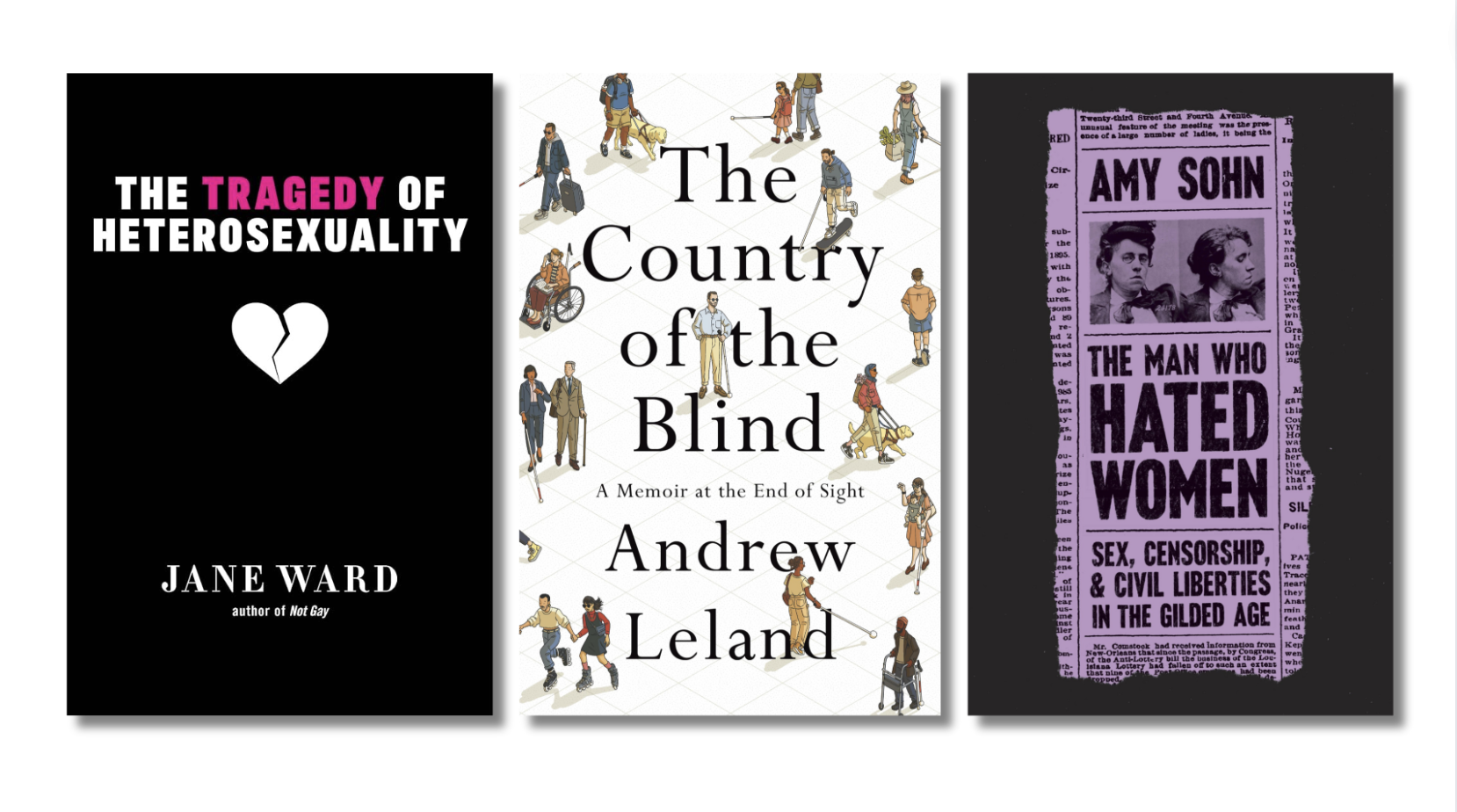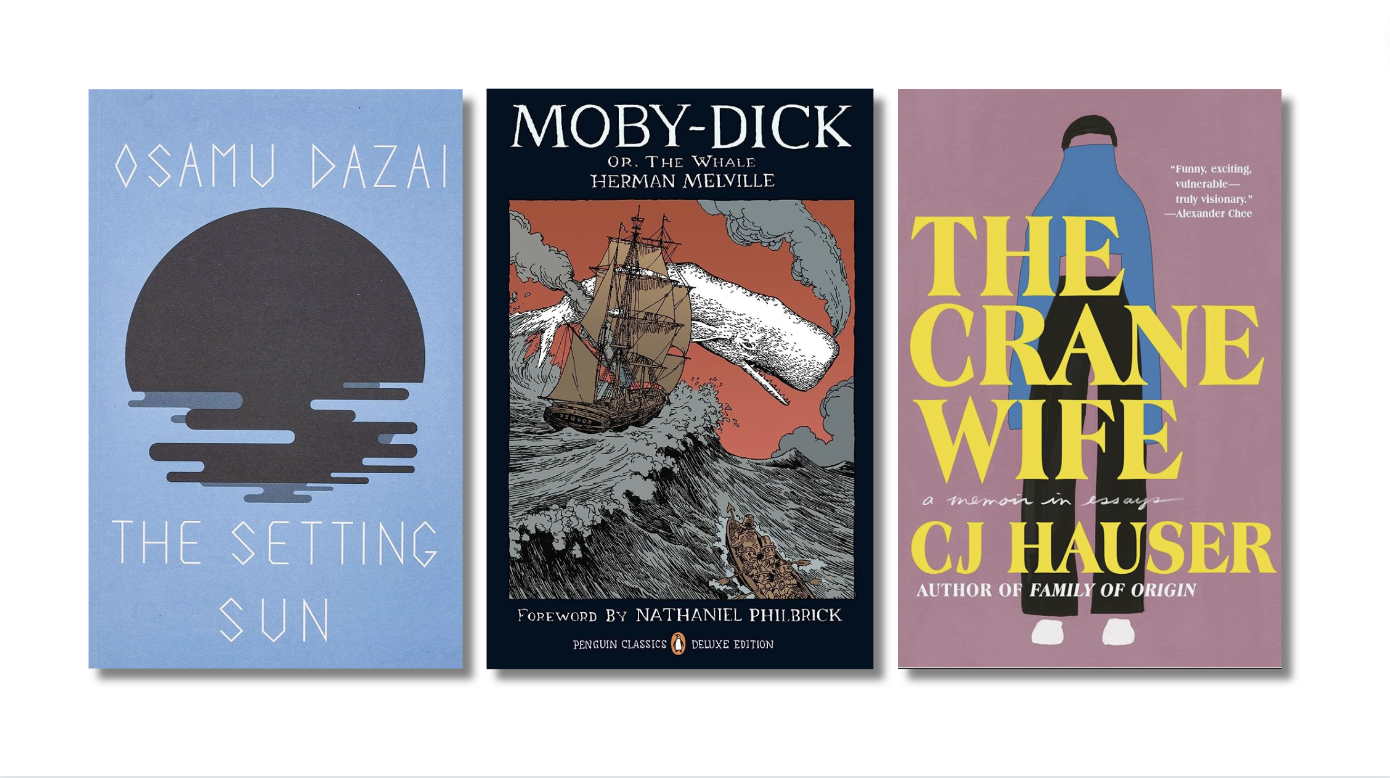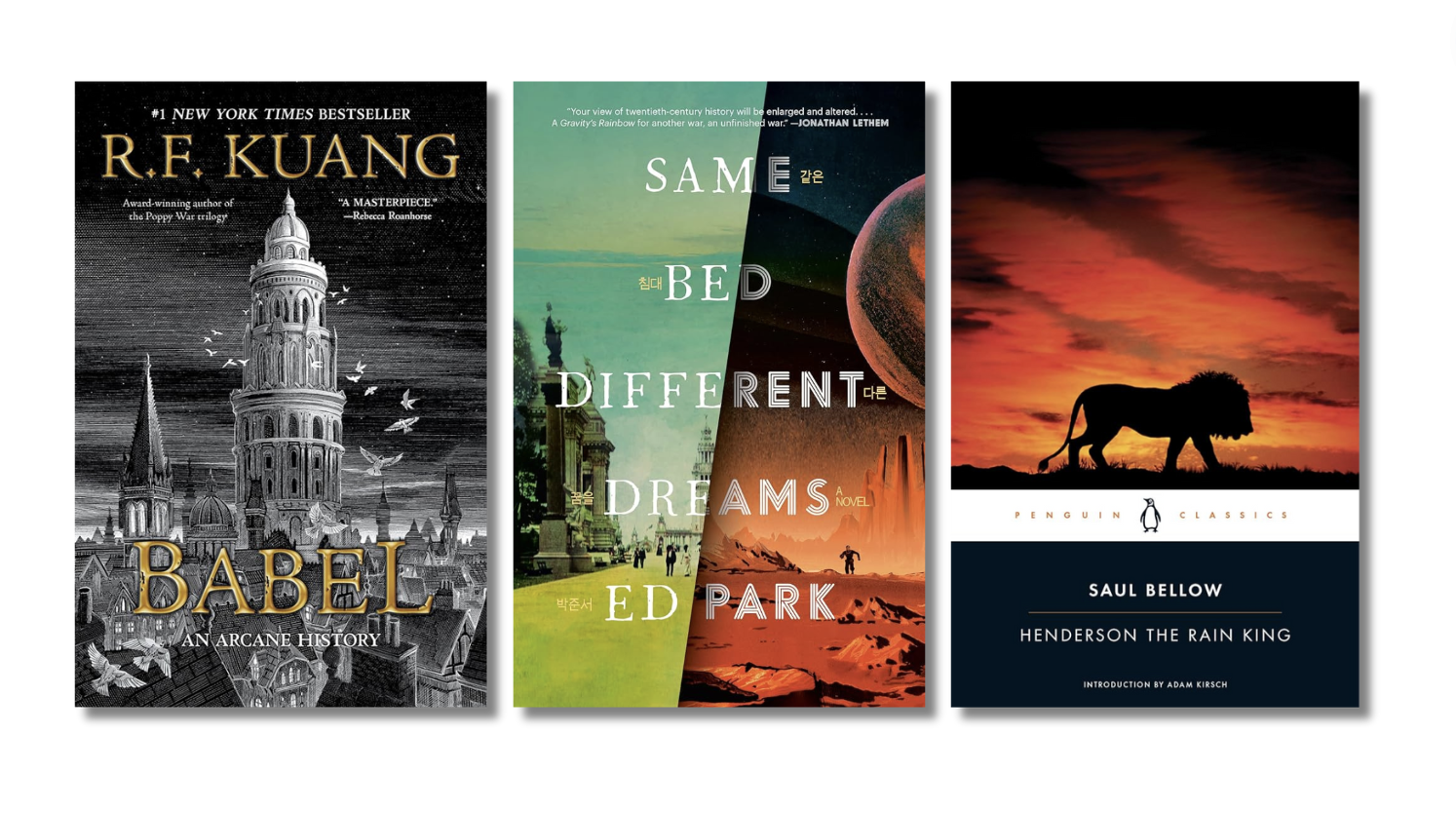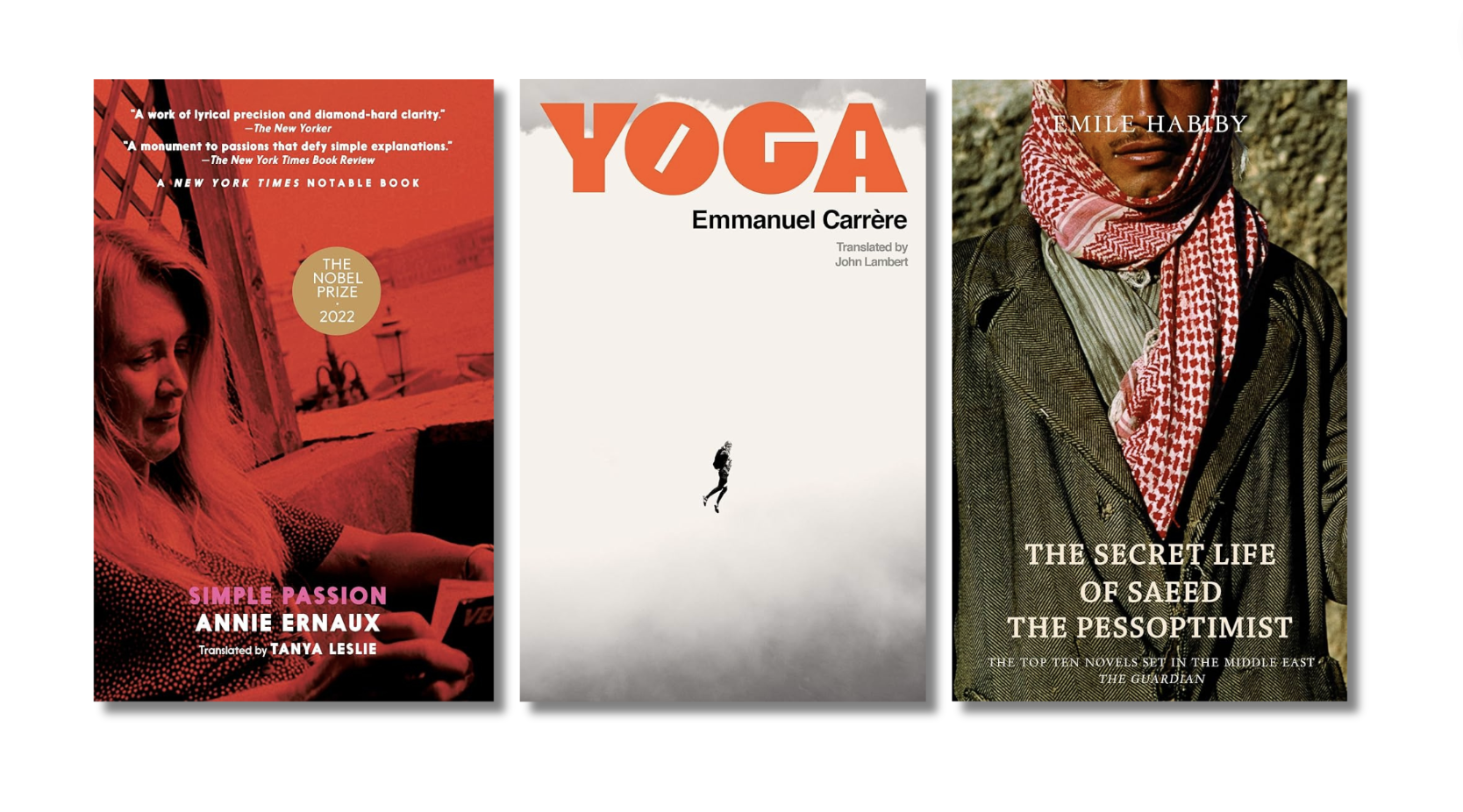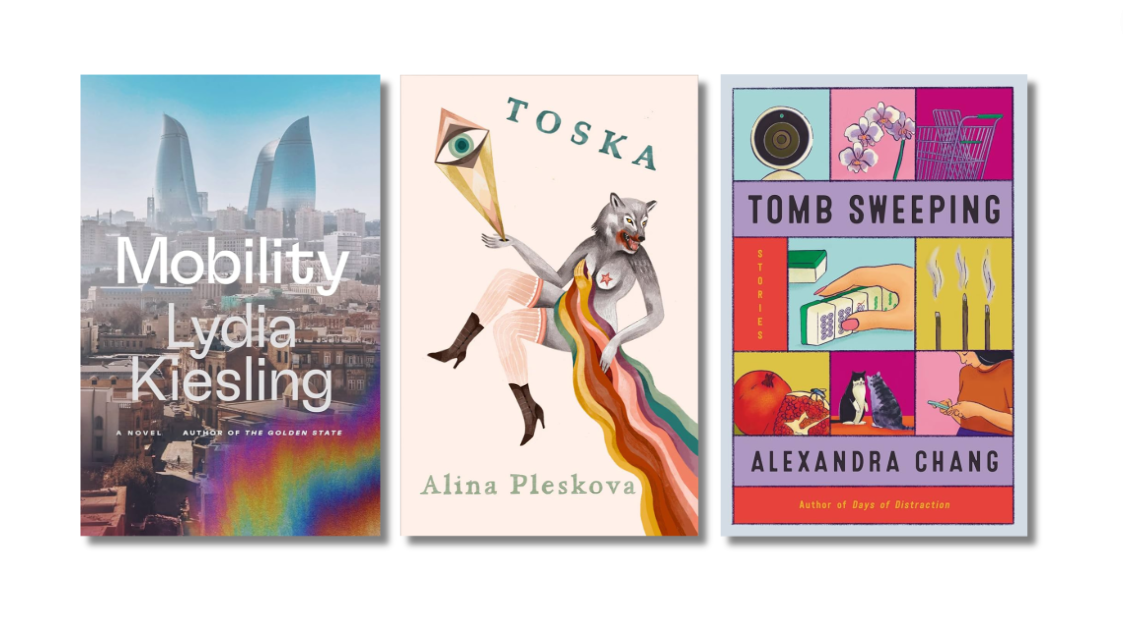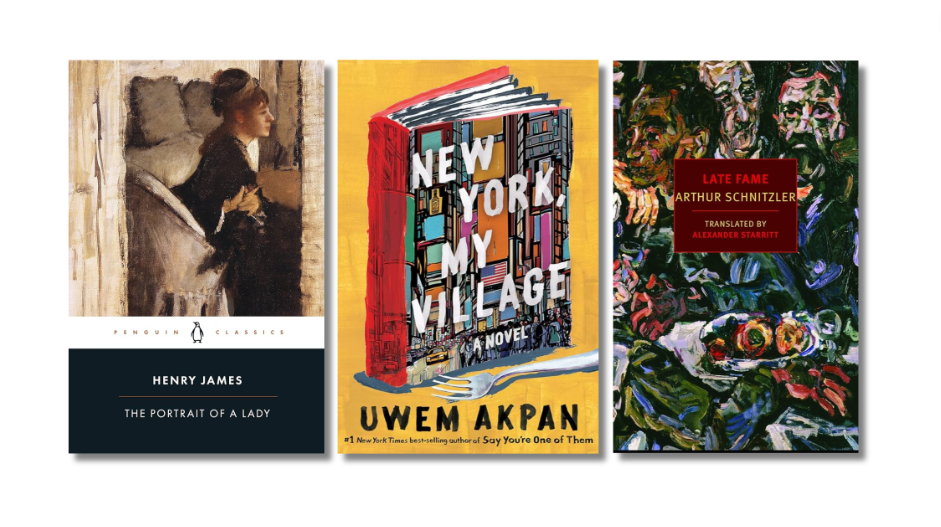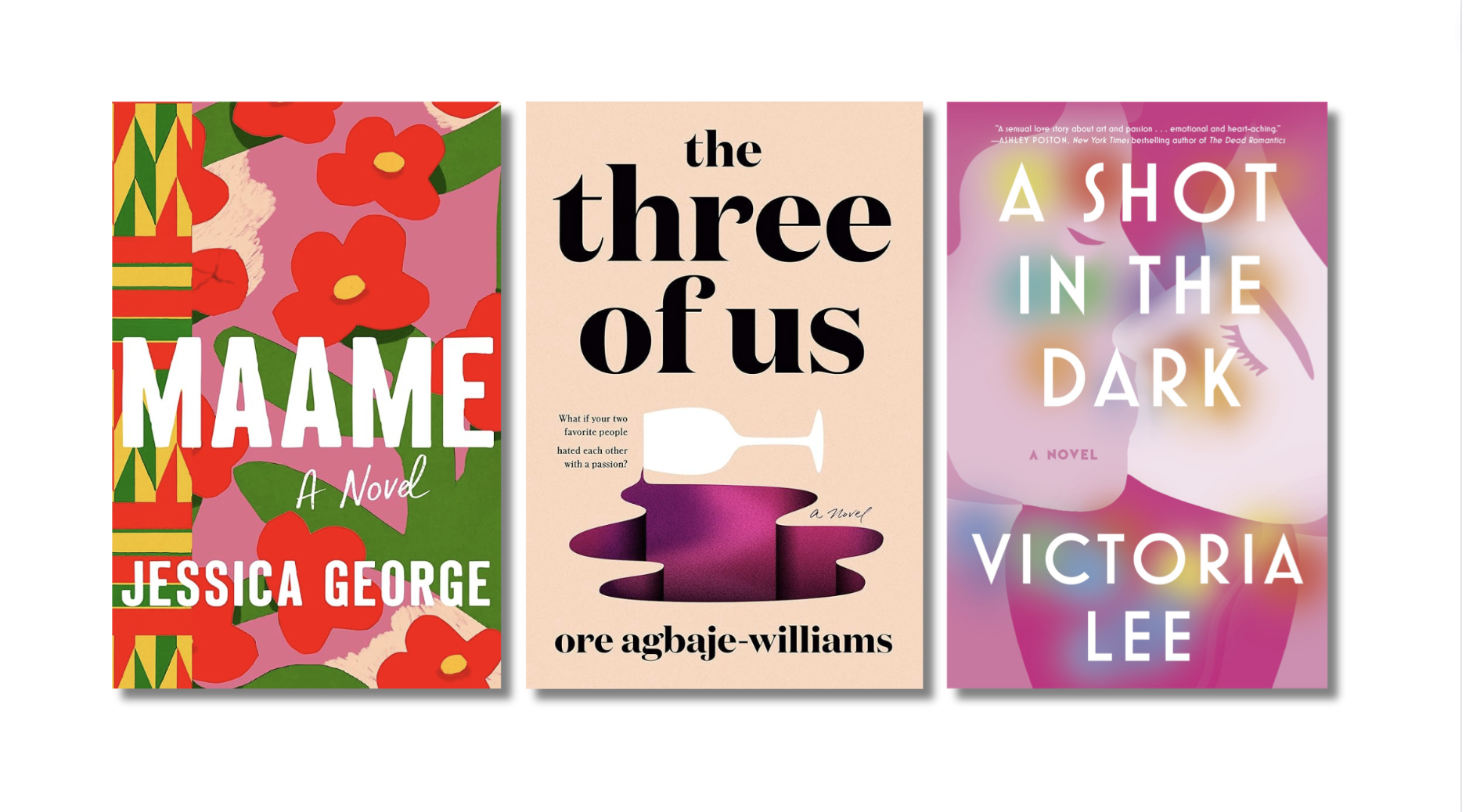Two years ago I moved from Hoboken to Baltimore and I marked the occasion in the typical fashion: by pledging to read books only set in, connected to, or written by authors from the state of Florida. My rationale and the precise reasons for its timing elude me to this day. I didn’t think much of it; it simply felt natural. Maybe it had something to do with my relocation occurring during the winter, when the northern air thins out and becomes painful enough to make me crave the amniotic coat of tropical humidity. Perhaps it’s explained as psycho-geographic regression. The places I’ve inhabited longest are New Jersey and Florida, and if I was definitely leaving one to settle someplace new, then I suppose it’s natural to yearn for the comforts of the other home I know best. Hell, it might’ve been because I was three years out of college and I missed Miami. Who can really say? Who cares? The short of it is: I made my decision, and I moved forward.
What followed was equal parts overwhelming, disorienting, and hallucinatory. That much Florida does a man no good – and that’s doubly true when the man in question lacks any semblance of restraint. See, I wasn’t content to make a structured list and to steadily chip away at it. On the contrary, what I desired most was total immersion, or better yet submergence. So deep ran the currents of my obsession that at one point I set up Google alerts pairing the word “Florida” with random nouns. (You don’t appreciate the depth of Florida’s strangeness until one day you get two different news stories detailing pork chop-related violence: Exhibit A, Exhibit B.)

 In two years, I made my way across the foundation of Florida writing: Marjory Stoneman Douglas’s River of Grass and Peter Matthiessen’s Shadow Country; Michael Grunwald’s The Swamp, John McPhee’s Oranges, and Arva Moore Parks’s Miami; Pat Frank’s Alas, Babylon, and Denis Johnson’s Fiskadoro. (More on those over here.) I reread Zora Neale Hurston’s Their Eyes Were Watching God, and I dipped into poetry by Campbell McGrath, Elizabeth Bishop, Richard Blanco, and Donald Justice. Mia Leonin dazzled me and Alissa Nutting creeped me out. With increasingly deep breaths, I inhaled Carl Hiaasen’s entire God damned oeuvre until I felt like I was having a psychic asthma attack.
In two years, I made my way across the foundation of Florida writing: Marjory Stoneman Douglas’s River of Grass and Peter Matthiessen’s Shadow Country; Michael Grunwald’s The Swamp, John McPhee’s Oranges, and Arva Moore Parks’s Miami; Pat Frank’s Alas, Babylon, and Denis Johnson’s Fiskadoro. (More on those over here.) I reread Zora Neale Hurston’s Their Eyes Were Watching God, and I dipped into poetry by Campbell McGrath, Elizabeth Bishop, Richard Blanco, and Donald Justice. Mia Leonin dazzled me and Alissa Nutting creeped me out. With increasingly deep breaths, I inhaled Carl Hiaasen’s entire God damned oeuvre until I felt like I was having a psychic asthma attack.

 That didn’t quite scratch the itch, though, so I supplemented my reading with other art forms as well. It began last winter when I fell asleep reading Joy Williams’s Florida Keys guide and had what I thought was a lucid dream about Islamorada, but was really just the beginning of a Bloodline episode playing as I woke up. I spent the next week plowing through the series. I followed Florida Man and Florida Woman on Twitter. I favorited more Craig Pittman tweets than I can count. I revisited Ace Ventura and There’s Something About Mary. I watched the Billy Corben triumvirate of Cocaine Cowboys, Dawg Fight, and The U, and I celebrated the premier of The U Part 2 by getting drunk off Jai Alai that I’d bulk ordered across state lines from a liquor store in Dunedin. I tried to watch Ballers but that thing’s like an even less deeply plotted Entourage, so…yeah. Meanwhile, I’ll never be ashamed of how much DJ Laz and Trick Daddy I’ve played. (Before anyone asks: Yes, I have donated to the latter’s Trickstarter.)
That didn’t quite scratch the itch, though, so I supplemented my reading with other art forms as well. It began last winter when I fell asleep reading Joy Williams’s Florida Keys guide and had what I thought was a lucid dream about Islamorada, but was really just the beginning of a Bloodline episode playing as I woke up. I spent the next week plowing through the series. I followed Florida Man and Florida Woman on Twitter. I favorited more Craig Pittman tweets than I can count. I revisited Ace Ventura and There’s Something About Mary. I watched the Billy Corben triumvirate of Cocaine Cowboys, Dawg Fight, and The U, and I celebrated the premier of The U Part 2 by getting drunk off Jai Alai that I’d bulk ordered across state lines from a liquor store in Dunedin. I tried to watch Ballers but that thing’s like an even less deeply plotted Entourage, so…yeah. Meanwhile, I’ll never be ashamed of how much DJ Laz and Trick Daddy I’ve played. (Before anyone asks: Yes, I have donated to the latter’s Trickstarter.)
I watched both Magic Mike movies because nothing’s more quintessentially Tampa than the scene in the first one in which Channing Tatum scolds “Adam” for peeling off the protective plastic wrapper on his pick-up truck’s dashboard, which would totally kill the thing’s resale value. I read long, multi-part investigative news stories on widespread ecological destruction, for-profit college fraud, and government corruption. I contemplated buying prints from The Highwaymen and Clyde Butcher, but didn’t have the bankroll to go through with it.
Throughout this process, I’ve taken notes. To some extent, this was automatic. It’s something I’ve always done as I’ve read. It’s how I write, really: read first, take notes, and ideas for written work will follow. For this project, however, the Florida canon has become too big. Wrangling these disparate pieces would be like trying to limit the number of pythons invading the Everglades. It can’t be done.
Instead, I’m left with an unmanageable list of tidbits, direct quotations, and half-remembered ephemera lacking any semblance of a theme beyond their essential “Florida-ness.” Whereas on smaller projects my notes could serve as navigational buoys capable of guiding me back to an overall idea, these manic, unorganized Florida notes are what would happen if Hansel & Gretel threw their bread crumbs into a woodchipper. To wit, here are the six latest entries I’ve saved in my 1,700 row Excel document:
- 40% of dogs who shoot people live in Florida. (Source)
- “A Miami suburb has been named as the ‘bidet capital of America'” (Source)
- “Dead woman’s life insurance funding husband’s murder defense.” (Source)
- “Florida man bit by shark catches shark, says he will eat it.” (Source)
- “Cop fired for singing about killing with death-metal band.” (Source)
- “How is Hendry County going to know how to handle massive monkey escapes during a hurricane?” (Source)
Where does the rabbit hole end? Is it possible to prismatically marry all of these disparate rays of weirdness into a single, unified beam?
This is all to say: for two years now, I’ve been steeped in Florida.

 Of course, as with every rule, it was broken from time to time. Or, I should say, I tried to break it. As anyone who’s driven on a highway can tell you: once you notice one type of car, it’s all you’ll see thereafter. Reading works outside my Florida canon almost always meant I’d identify an unexpected Florida connection in the process. When I read Marlon James’s remarkable novel A Brief History of Seven Killings, I encountered what is certainly the only mention of Miramar to have ever been awarded the Booker prize. When I read City on Fire, Garth Risk Hallberg’s massive, hyper-localized depiction of New York City, one of the details that stuck out most was a throwaway passage about one character’s estranged daughter living in…well, where do you think?
Of course, as with every rule, it was broken from time to time. Or, I should say, I tried to break it. As anyone who’s driven on a highway can tell you: once you notice one type of car, it’s all you’ll see thereafter. Reading works outside my Florida canon almost always meant I’d identify an unexpected Florida connection in the process. When I read Marlon James’s remarkable novel A Brief History of Seven Killings, I encountered what is certainly the only mention of Miramar to have ever been awarded the Booker prize. When I read City on Fire, Garth Risk Hallberg’s massive, hyper-localized depiction of New York City, one of the details that stuck out most was a throwaway passage about one character’s estranged daughter living in…well, where do you think?
More unsettling still: it’s often felt like Florida is the one seeking me out, or beckoning me from afar. (And I’m not talking about my alma mater’s alumni office calling for donations.) Maybe all of Florida is Area X. Indeed, this siren’s song can transverse spacetime. Imagine my surprise when I first watched Drake’s “Hotline Bling” video — a video so devoid of geographic setting that it takes place in a series of sterilized geometric patterns — and still find myself cognizant of the work’s Florida influence. Seriously, read this.
Truly, my year in reading has been two years in Florida, and as I look beyond to the years ahead, I see no reason to stop. Maybe I can’t. Maybe the essence of Florida inhabits me like one of the invasive species that’s inhabited it. There was an article this year about how scientists are baffled by a type of creeping, foreign mangrove invading Florida’s swamps — this colonizing plant to which sediments cling, muck becomes coated, and upon which land eventually forms. Nobody can explain the way the plants are acting, the way they’re resisting efforts to contain their spread. They are the essence of Florida, though: all that persistence, all that infestation.
 Ultimately, the spirit of the Year in Reading series necessitates that I provide you all with specific titles to check out, and to fulfill that obligation, my choice is easy: the best book I read this year was Jennine Capó Crucet’s debut collection of stories, How to Leave Hialeah. In it, Crucet explores the variety of experience around the Miami metropolitan area and amongst its residents — its real residents; not the tourists, not the northeastern college kids who treat their stints at the University of Miami like a four-year Spring Break, and especially not the absentee condominium owners who’ve been driving up the city’s rents for years. No. Crucet grounds her stories within the mostly Cuban diaspora living in Hialeah and its surrounding environs: the community that, along with Miami’s extremely under-appreciated African-American and Afro-Caribbean residents, comprises the city’s beating heart — the ones who give South Florida an identity immediately distinct from that of anywhere else in the state, or really anywhere else in America.
Ultimately, the spirit of the Year in Reading series necessitates that I provide you all with specific titles to check out, and to fulfill that obligation, my choice is easy: the best book I read this year was Jennine Capó Crucet’s debut collection of stories, How to Leave Hialeah. In it, Crucet explores the variety of experience around the Miami metropolitan area and amongst its residents — its real residents; not the tourists, not the northeastern college kids who treat their stints at the University of Miami like a four-year Spring Break, and especially not the absentee condominium owners who’ve been driving up the city’s rents for years. No. Crucet grounds her stories within the mostly Cuban diaspora living in Hialeah and its surrounding environs: the community that, along with Miami’s extremely under-appreciated African-American and Afro-Caribbean residents, comprises the city’s beating heart — the ones who give South Florida an identity immediately distinct from that of anywhere else in the state, or really anywhere else in America.
In 11 stories, Crucet covers a remarkable amount of South Florida’s characteristic breadth: the Ecstasy-rolling girl seeking after-hours ablution (and Celia Cruz) in a church, the family politics of Nochebuena invites, the man who died in a Chili’s-related incident and left his roommate to deal with his pet ferret, and the children who find a body in a canal. She renders the complicated in-betweenness of immigrants straddling the Florida Straits between Cuba and their adopted homes, and how the younger generation oscillates between ambivalence and passion for the same. She examines these characters and their predicaments with closely-observed, generous authenticity, utilizing the vocabulary of their setting all the while: people’s hands and faces are said to be “the color of dried palm fronds;” a family’s closeness is described as being “like the heat in a car you’ve left parked in the sun;” a woman on the beach observes the way her date “leaned back on his elbows again, his nipples spreading away from each other, melting across his chest toward the pockets of his armpits.” These are moving, visceral glimpses at the myriad Miamis and Miamians. Even if you’ve never set foot down here, they’re not to be missed.
The collection’s title story — and also its last — tracks a young woman’s early life in semi-autobiographical detail as she’s raised in Hialeah, moves on to out-of-state college, and advances into a career beyond. It looks to the possibilities of a life outside of the one you know first, and it evokes a sense of wonder at the world beyond Florida. It also — and, by now you can tell I relate — makes clear that no matter how far away you go, you’ll never really leave it behind.
More from A Year in Reading 2015
Don’t miss: A Year in Reading 2014, 2013, 2012, 2011, 2010, 2009, 2008, 2007, 2006, 2005
The good stuff: The Millions’ Notable articles
The motherlode: The Millions’ Books and Reviews
Like what you see? Learn about 5 insanely easy ways to Support The Millions, and follow The Millions on Twitter, Facebook, Tumblr.
















